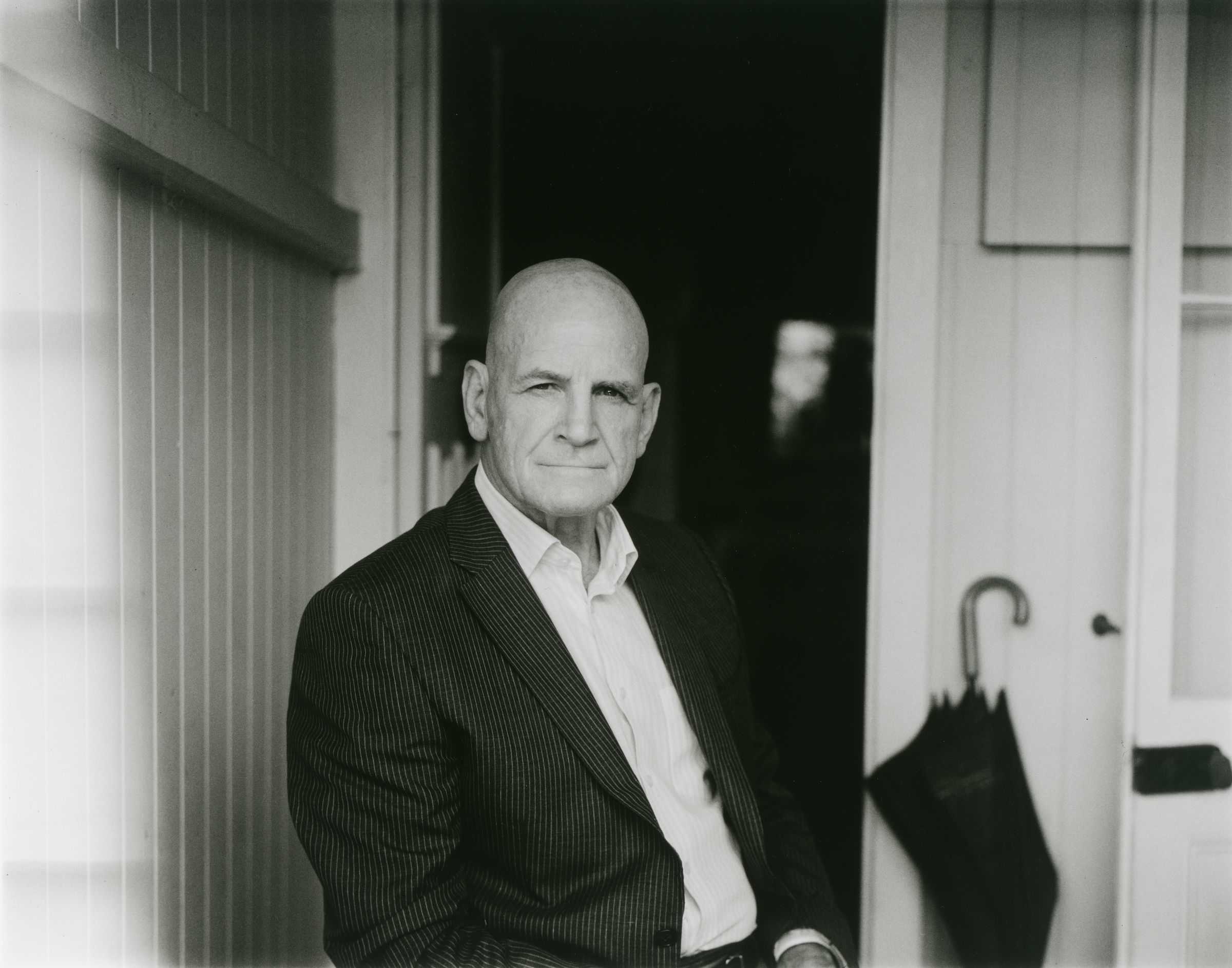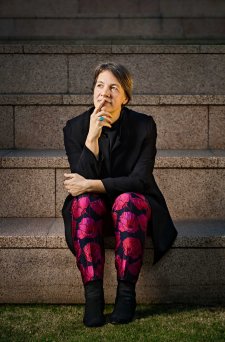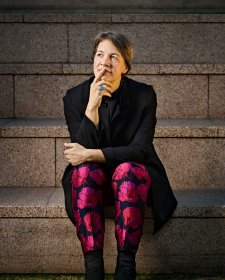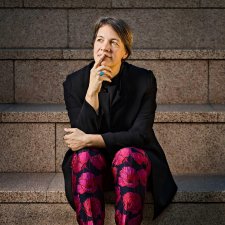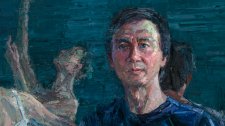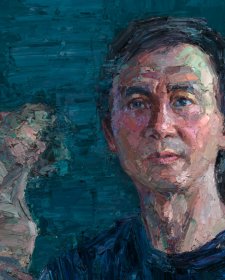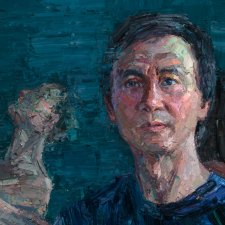Tony Shaw (b. 1953), rugby union footballer, made his debut for Queensland in 1973 and went on to play 112 games for his state team. At the end of his first season he made his debut for the Wallabies, the youngest player selected for the tour of England and Wales. Renowned for his uncompromising approach to the game, Shaw soon became a member of Queensland’s ‘holy trinity’ with Mark Loane and Paul McLean. He played 36 internationals with the Wallabies, captaining the team in fifteen tests. Famously, in New Zealand in 1978, when coach Daryl Haberecht was ailing, Shaw and several senior teammates engineered what was then the greatest ever defeat of the All Blacks, spurring the Wallabies to a 30-16 victory in the third test. In 1980, he led the Wallabies to win the Bledisloe Cup series against the All Blacks (which has rarely happened since 1931). His Wallabies career ended with a test against Scotland in 1982. Inducted into the Wallaby Hall of Fame and named an Australian Rugby Union Classic Wallaby Statesman in 2012, Shaw was president of the Queensland Rugby Union (the ‘Reds’) for six years, from 2010 until he stepped down in 2015. He is the current president of Rugby Australia.
Sarah Rhodes
‘Tony Shaw’s nickname on the field was “Crazy Eyes”. Rugby Australia describe him as “a hard and uncompromising forward”. I wanted to make a psychological portrait reflecting Shaw’s intensity on the field. Making the portrait on a 4x5 view camera and using classic darkroom processes pays homage to Shaw’s enormous contribution to the code for many years. I thought about Magritte’s painting The Son of Man (1946) as I considered the well-trodden pathway between rugby union and business. Shaw is sitting on the verandah of his Queenslander in Brisbane, referencing where he grew up and from where he continues to support rugby union.’
Sarah Rhodes (b. 1974) studied fine art and psychology and later majored in journalism and photography, gaining her arts degree and a master’s in publishing from the University of Sydney. Working between Sydney and Tasmania, she has created documentary-style images exploring ways in which the natural environment can guide an understanding of one’s inner world. In 2011 she won the New York Photo Award (Fine Art) for her image Play, from a series of the same name depicting children undertaking survival games in the bush to understand their feelings of grief. Twice a finalist in the National Photographic Portrait Prize, in 2014 she exhibited at Photoville in New York and in 2015 at the Australian Centre for Photography. Her photographs have been published by The New York Times, GEO Germany, Australia Geographic, the British Museum, the Smithsonian and the Vatican Museum.
Commissioned with funds from the Patrick Corrigan Portrait Commission Series 2018
